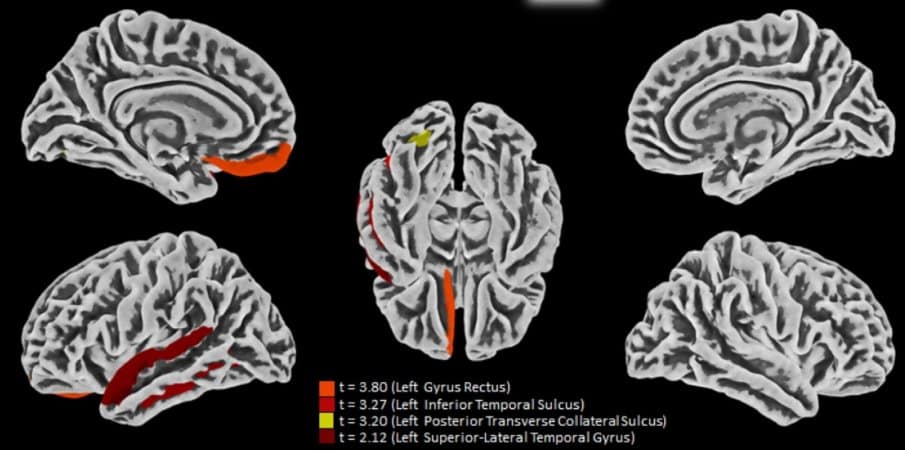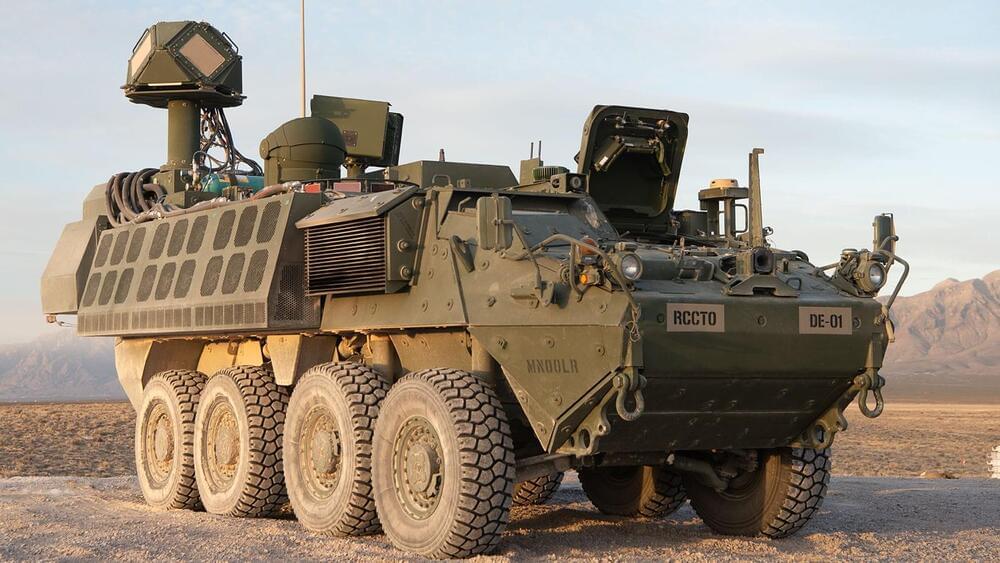A big reason for the high rate of app abandonment is bad experience, particularly slowness and unreliability. A report by Think Storage Now found that 70% of mobile app users will abandon an app that takes too long to load. And an older but still often cited Compuware study found that 84% of app users will abandon an app if it fails just two times.
These facts help emphasize that the margin of error is small when it comes to keeping users happy and engaged. Providing a fast, reliable experience is key to the success of your mobile app, and using the right database — one built for mobile apps — is key to achieving it.







